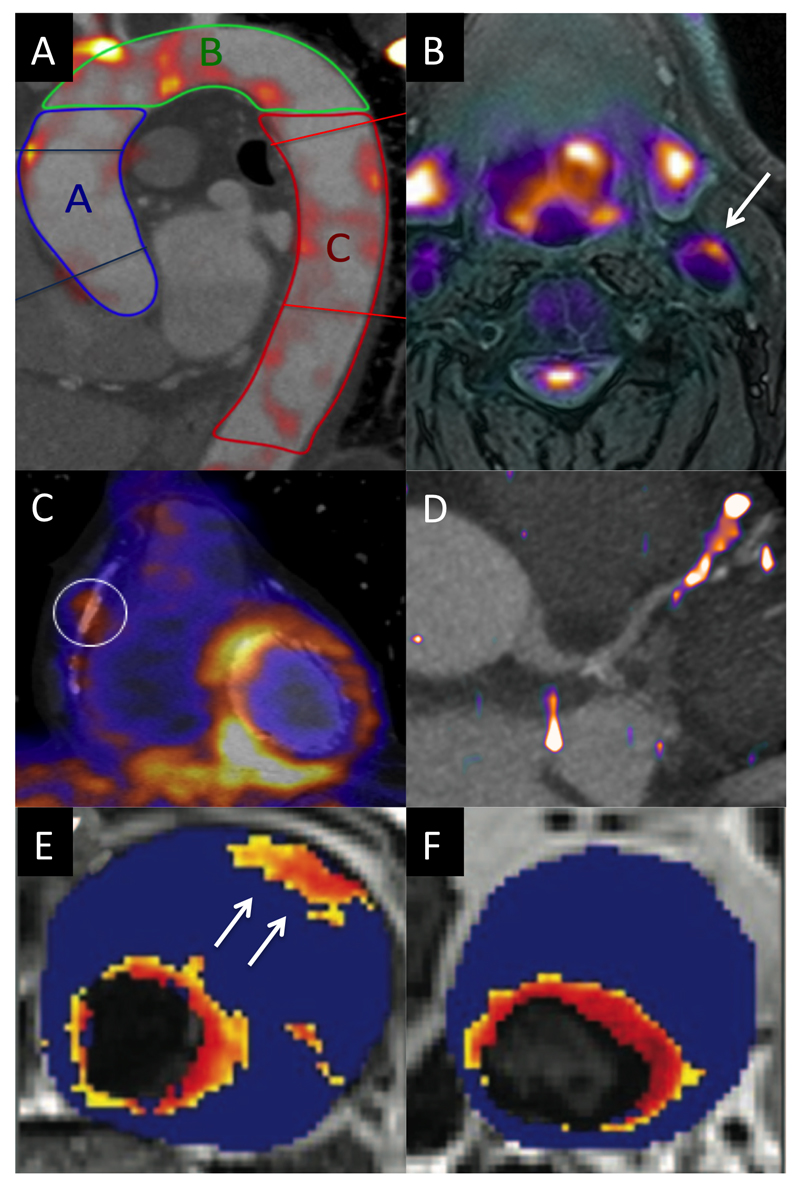Figure 2. Molecular Imaging of Vascular Inflammation Activity.
A.18F-FDG PET image fused with contrast CT angiogram of the thoracic aorta, demonstrating regions of increased activity in the ascending aorta (blue), aortic arch (green) and descending aorta (red).
B. 18F-FDG PET/MR image of the carotid arteries demonstrating increased activity in the left carotid artery and the excellent soft tissue contrast provided by MR.
C. 18-FDG PET fused with a CT coronary angiogram (CTCA) demonstrating increased uptake in the left ventricle but also in a remote plaque in the mid right coronary artery.
D. 68Ga-DOTATATE PET/CT image with increased activity localizing to a plaque in the mid left anterior descending artery.
E. T2* Map from patients with an abdominal aortic aneurysm that had been administered ultra small particles of iron oxide (USPIO). A hot spot is observed in the anterior wall of the aneurysm (arrow).
F. In a second patient focal areas of increased USPIO uptake can be observed (the increased signal adjacent to the lumen is considered normal due to high signal in the blood pool).
Image C reproduced from JNM. Cheng VY, Slomka PJ, Le Meunier L, Tamarappoo BK, Nakazato R, Dey D, Berman DS. Coronary arterial 18F-FDG uptake by fusion of PET and coronary CT angiography at sites of percutaneous stenting for acute myocardial infarction and stable coronary artery disease. J Nucl Med. 2012;53:575-583. © by the Society of Nuclear Medicine and Molecular Imaging, Inc.92
Images E and F reproduced from Richards et al Circ CVS Imaging 2012 22

